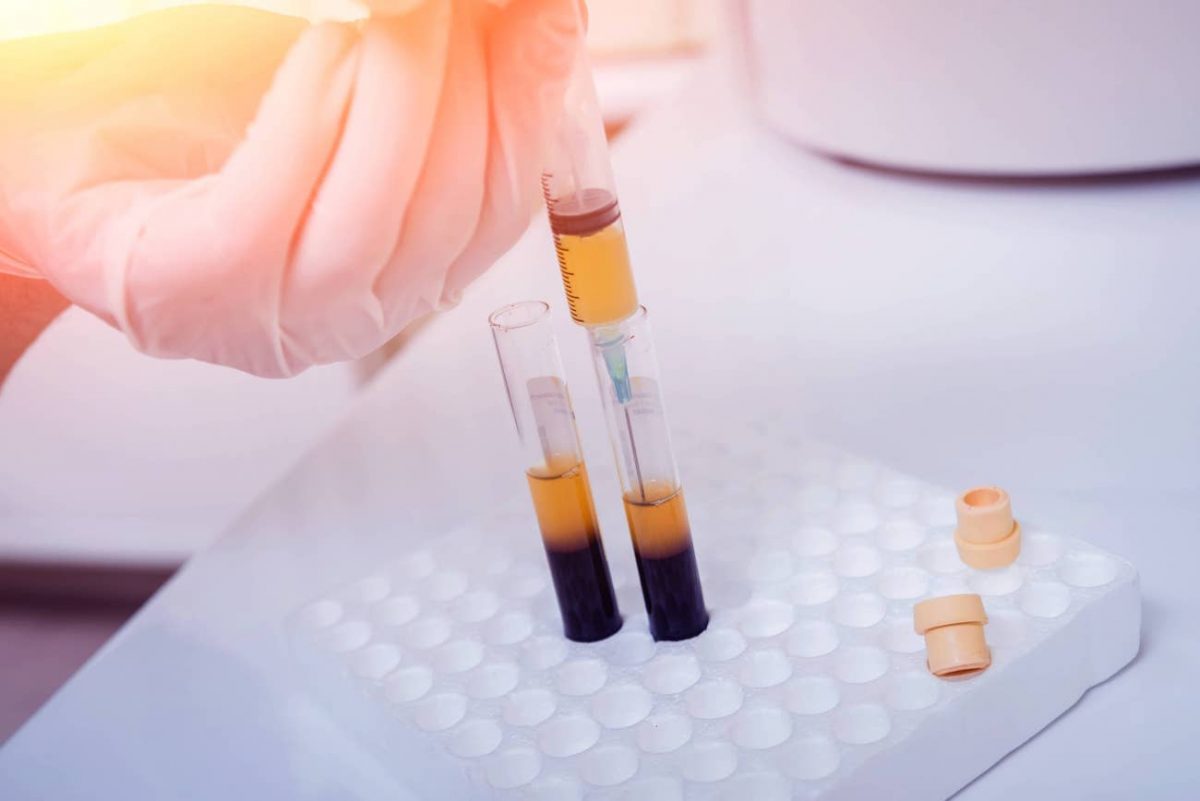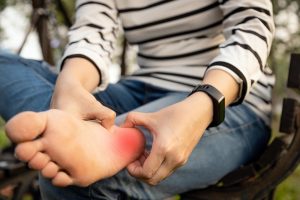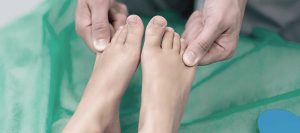
In this following, we briefly delve into the world of PRP injections and their remarkable ability to provide relief from debilitating heel pain. Explore the science behind this cutting-edge treatment and uncover how it targets the root cause of discomfort. Discover why an increasing number of individuals are turning to PRP injections to regain their mobility and lead pain-free lives once again.
At the Advanced Heel Pain Centers of South Florida, we are committed to using the latest, most innovative treatments available to address heel pain, discomfort, and other issues.
One of the most promising and non-invasive solutions to heel pain involves using the body’s natural healing processes to repair the problems and repair the tissue that lay at the source of the problem.
Platelet-rich plasma therapy (PRP) is being used to resolve a wide range of injuries and conditions, proving itself safe and effective and providing quicker and more complete healing.
We are now seeing the benefits of PRP therapy for heel pain, specifically in the treatment of sub-acute & chronic plantar fasciitis & Achilles tendonitis, which are two of the primary conditions that lead to heel pain, discomfort, and mobility challenges.

What is Platelet-Rich Plasma Therapy?
The body’s first response after an injury to soft tissue is to rush platelet cells to the affected tissue.
Platelets are the clotting cells of our blood, but they are also enriched with powerful healing and growth factors that initiate repair and recovery and provide assistance to stem cells in damaged muscle, tendon, and ligaments.
PRP therapy takes that natural process and essentially turbocharges it. Here’s how it works.
We take a sample of blood from the patient and then place the sample in a centrifuge where the platelets are separated from other elements of the blood.
We then inject that platelet-rich plasma into the injured heel tissue, stimulating the work that the body is already doing.
Since we use your own blood rather than blood from a third-party donor, there is no risk of transmissible infection.
The procedure is non-surgical and typically takes only a few hours including preparation, injection, and recovery.
No anesthesia is necessary nor is any significant recovery time involved.
Does PRP Actually Work For Heel Pain?
Patients may feel initial reductions in pain and discomfort within the first few weeks after treatment, with pain diminishing further as the healing process progresses.
Research studies and clinical practice have demonstrated that PRP therapy can be very effective at relieving pain and returning patients to their healthy, pain-free lives.
Both ultrasound and MRI images have shown definitive tissue repair after PRP therapy.
As this treatment is further refined, there may be no need for surgery in cases where that was once the only viable option.
Whether on its own or in conjunction with surgery and other treatments, PRP offers patients the opportunity to reduce heel pain.
You should discuss with your physician whether PRP is right for you.
Schedule Your Heel Pain Consultation Today
If you’d like to learn more about PRP therapy and whether you are a good candidate for this innovative therapy, call the Advanced Heel Pain Centers of South Florida today at (954) 922-7333 or contact us online to schedule a heel pain consultation.
- The Life-Changing Power of Cosmetic Foot Surgery - February 27, 2023
- What Are The Most Common Pediatric Foot Conditions? - October 5, 2020
- 4 Important Things To Know Before Having Foot Surgery - September 21, 2020



